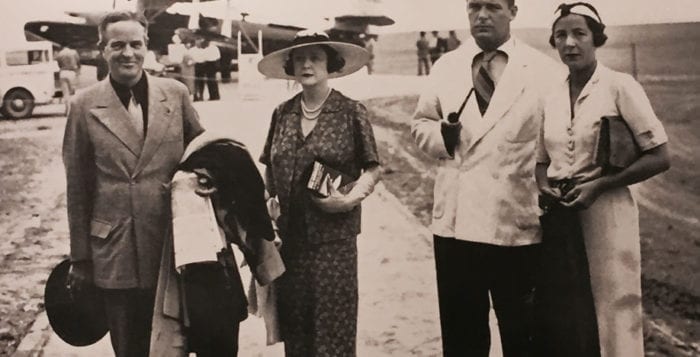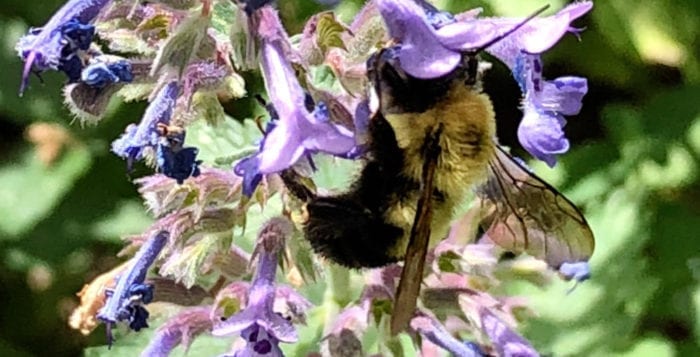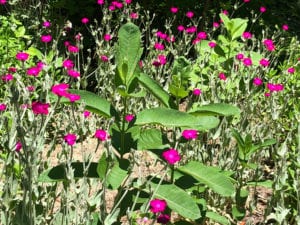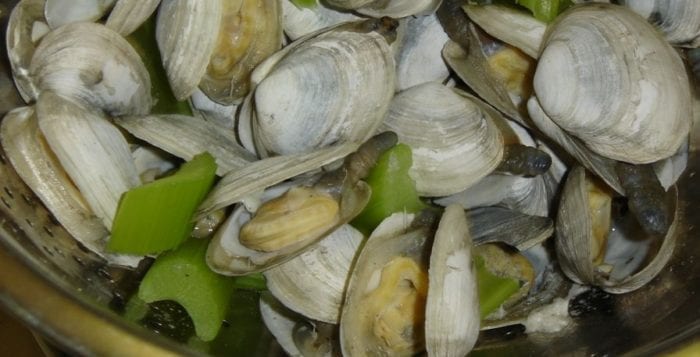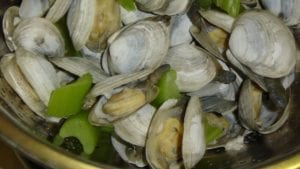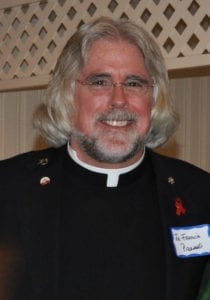Update: This event is sold out!
By Sabrina Petroski
Dance the night away at the eighth annual Summer Fiesta at the Suffolk County Vanderbilt Museum, located at 180 Little Neck Road in Centerport! The year’s most important fundraiser for the museum, the gala event will be held in the Vanderbilt Mansion’s Spanish Revival courtyard on Saturday, July 21 from 6:30 to 10 p.m. and feature an evening of wine, food, music and, of course, dancing.
“We want it to be a wonderful evening for the attendees, and we also want to showcase the museum and have them see why it’s important to support the museum and the work that we’re doing here,” said Lance Reinheimer, executive director of the museum, in a recent phone interview. “Thirdly, we want to raise funds for our programs and to be able to expand our education programs.”
According to the museum’s Director of Development Sue Madlinger, this year’s gala is a salute to William K. Vanderbilt II, his wife Rosamund and friends Edie and Robert Huntington who flew around the Caribbean, Central America and the perimeter of South America in Vanderbilt’s Sikorsky S-43 seaplane, from Jan. 18 to Feb. 11, 1937, “which was a major feat in it’s day. Each year we try to bring Mr. Vanderbilt’s history into our events, and all the great things he did for [the museum], for Long Island, and all the adventures that he went on,” she said.
Entertainment for the gala includes Latin music by the world-renowned band, Los Cintron, with performances by flamenco dancer Juana Cala. The Cintron brothers are known as the greatest Gypsy Kings tribute band, and the group’s guitars, vocals and melodies evoke the traditional sounds of Andalusia and their beloved Spain. Food will be catered by Sangria 71 restaurant in Commack and feature hors d’oeuvres, a five-foot paella and dinner. On the menu will be chicken, salmon, fish and skirt steak plus margaritas, sangria, wine and beer.
The funds raised from the gala will go toward expanding and modernizing the Vanderbilt Learning Center within the Carriage House. “We have an aggressive plan to upgrade [the Carriage House] architecturally, to maintain the historic features of the building but to bring in modern elements and flexibility so that we can continue the education program in a way that children are used to learning,” said Reinheimer.
Elizabeth Wayland-Morgan, the associate director of the museum, says the museum is looking for more sponsors, as well as corporate support to continue working on making the educational programs more attractive for children of all ages.
Tickets are $135 for nonmembers, $125 for members. In the event of rain, the Summer Fiesta will be moved to the Celebration Tent. Guests are asked to follow a formal dress code, with cobblestone-friendly shoes. For more information, visit www.vanderbiltmuseum.org or call 631-854-5579.

